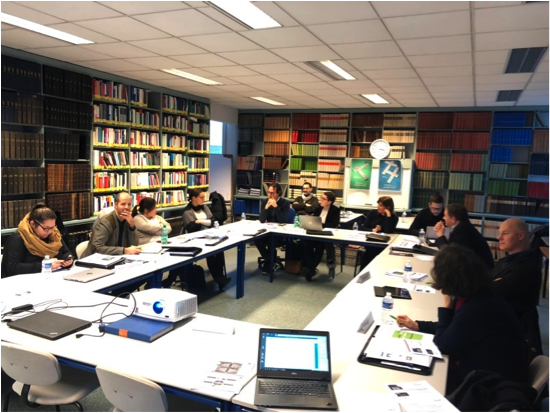How to protect digital business models and how to claim for digital innovation? CEIPI seminar in Strasbourg showed best practice
Advances in digital technologies have led to new opportunities for business model innovation. This is not just true for digital-born companies like Facebook, Google, or Apple. Increasingly, it also applies to companies from traditional sectors, industries, and branches. The objective of this seminar was to show how traditional companies like Schneider in the optical industry, Claas in the agricultural sector, Rittal in the electrical industry and Vorwerk with its food processor have mastered the challenges of digital transformation and protecting their digital business models.
 IP experts from six different European countries discussed the ongoing best practice in protecting digital business models and claiming for patent protection for digital innovations. In particular, experiences with the European Patent Office and different national patent offices, and within different industries were discussed. Patent attorney and MIPLM alumni Axel Karl provided an overview of the best practice concerning claim structures and invention principles in digital patents. The successful application of different claim types, including method claims, device claims, computer program claims, and computer-readable medium claims, were discussed. In addition, issues related to “disperse” inventions, inventions in distributed systems, and the enforcement of digital patents were illustrated. Finally, the challenges of “technicality”, referring to technical character and technical features, were explained by means of a practical concept for drafting successful and enforceable patent claims.
IP experts from six different European countries discussed the ongoing best practice in protecting digital business models and claiming for patent protection for digital innovations. In particular, experiences with the European Patent Office and different national patent offices, and within different industries were discussed. Patent attorney and MIPLM alumni Axel Karl provided an overview of the best practice concerning claim structures and invention principles in digital patents. The successful application of different claim types, including method claims, device claims, computer program claims, and computer-readable medium claims, were discussed. In addition, issues related to “disperse” inventions, inventions in distributed systems, and the enforcement of digital patents were illustrated. Finally, the challenges of “technicality”, referring to technical character and technical features, were explained by means of a practical concept for drafting successful and enforceable patent claims.
Prof. Wurzer described the methodology of IP design, including ways of creating legally enforceable exclusivity for value creation mechanisms in digital business models such as the geo-fencing patent of Snapchat.



